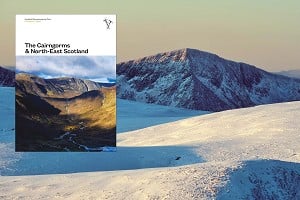
Gogarth North, edited by Simon Panton, Ground Up (£18.95)
Four years ago, Simon Panton produced a guidebook to bouldering in North Wales. It was a landmark publication. Both in the dark, austerity of its design - and in granting parity of esteem to the English and Welsh languages - Panton was throwing down a pof rag to the ancien regime of guidebook writers.
Here was a visionary who believed his subversive cult was much more than climbing writ small. To Panton and his fervent disciples, bouldering was nothing less than a religion with its own rituals and codes – his book was Bible black, had a Gothic typeface and a strong streak of Welsh, Low Church evangelism.
Perhaps to his surprise, North Wales Bouldering appealed not only to the true believers, but also won new converts to the faith. The Old Baptist Chapel in Llanberis, which houses the V12 climbing shop, one of the book's chief sponsors, did a brisk trade in the gospel according to Panton and its various accoutrements, from prayer pads to holy chalk holders.
So what would they do next? Here Panton confounded expectations. Instead of another bouldering book, the exiled Geordie lifted his eyes from the lesser rocks that litter the Llanberis Pass and the Ogwen valley and focused his gaze instead on the crags from which they once fell. The result was a truly inspirational book – North Wales Rock – which revealed Panton and the team that had coalesced around Ground Up publishing to be fully paid up members of climbing's broad church and not just devotees of a narrow sect.
Once the crucible of modern rock climbing, North Wales had come to be seen as rather worn and tired by an older generation of climbers, and unpalatable to the appetites of a younger generation weaned on a diet of ply board and plastic. Ground Up proved both groups wrong – and spectacularly so.
From its stunning use of colour photography to the passion and intelligence of its writing, North Wales Rock set a benchmark to which other guides must aspire – here was a book which possessed the ease of navigation and clarity which is the hallmark of the Rockfax guides, while at the same time exuding the authority and gravitas of the definitive BMC series.
Ground Up's next venture was to be a showcase for the recent slate renaissance in North Wales (the book is due out in 2009), but events intervened in the shape of a foot-dragging Climbers Club, whose long promised guide to Gogarth, already 18 years overdue, looked like it might never be published.

Where the cover image of North Wales Rock consciously appealed to the aspirant mid-grade climber – the Super Direct on Dinas Mot – the Ground Up team have chosen an unashamedly elitist picture to adorn the Gogarth North guide with George Smith gingerly embracing a decaying tooth of rock as he negotiates his way across The Mad Brown (E7 6b), while Adam Wainwright watches on from a stance that has both too many belay points and not one good one.
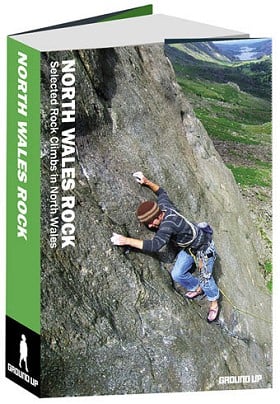
If the Ground Up team want to put all but the most adventurous of climbers off Gogarth, this is the language to use. The result would be less the broad church of North Wales Rock and more a return to the cultism of North Wales Bouldering. This would be a pity, because a closer look at Gogarth North reveals that there are as many, if not more, routes between the grades of VS and E2 as there are in the far reaches of the E numbers. In other words, if approached in a spirit of adventure, Gogarth is a venue that should appeal to all.
To help you find a crag with a spread of grades to match your ability, the guide prefaces each cliff with a colour coded table listing the routes in grade bands; this, and very detailed access notes, are essential guides to safely navigating the more complex and secretive buttresses (nothing worse than 'abbing' into an unfamiliar zawn only to find the easiest escape route is a loose E5!). And for those who don't want the full blown Gogarth trip, there is the more amenable Holyhead Mountain, and even a description of a minor sports crag, Benllech, which I suspect could become one of the most visited venues in the guide!
While the photo diagrams are clear, they are often crowded with lines forcing the sometimes confusing use of dots and dashes to distinguish the routes. Even less successful is the repetition in the route diagrams of the shades of green colour-coding used in the graded tables (an idea borrowed from Rockfax where the idea works because the colour coding has better differentiation). Also, in my review copy of the book many page numbers are missing, and on some left-facing pages the text has been obliterated.
There are other puzzles. Ground Up have produced a book that is as much a celebration of the rich tradition of climbing at Gogarth as they have a practical guide to the routes. It is very odd, therefore, that one of the best aspects of this book – Martin Crook's forensically researched and tightly written history – should be consigned to the end papers of the guide. And even here, Martin's name only occurs at the very end of the text and not on the title page. It would have been much better to promote this section to the front of the guide and put the lesser text on pegs, bolts, geology, accommodation and grades, where they properly belong – at the back. After all, many climbers like to read this section of a guide to help them select routes that have historical significance.
North Wales Rock was always going to be a hard act to follow. In Gogarth North the Ground Up team have produced the first instalment of what will be the essential and definitive guide to a world class climbing venue. It is the equal of Newton and Pollitt's 1990 production for the Climbers Club which was a lavish photographic and written record of a remarkable rock climbing resource. And it is testimony to the passion and commitment of the vibrant climbing community that flourishes in North Wales – we owe them a debt of gratitude and the least we can do is to go out and buy the book and enjoy the routes.
As Geoff Milburn said at the end of his 1990 Introduction to the CC's Gogarth –
'Whatever your experience long after you are back in the warmth and safety of your home part of Gogarth will remain with you and in the years to come far away from the west you will feel its compelling call which will speak to your inner soul. Then one day you will return.'
Price: £18.95
ISBN-13 978-0-9554417-1-4

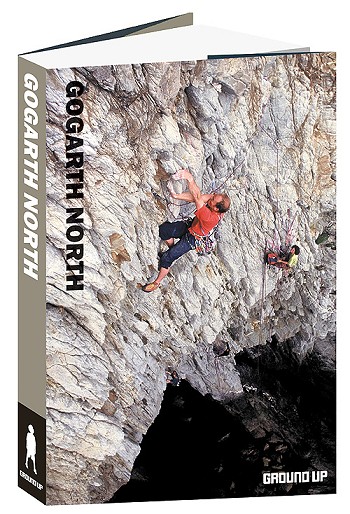
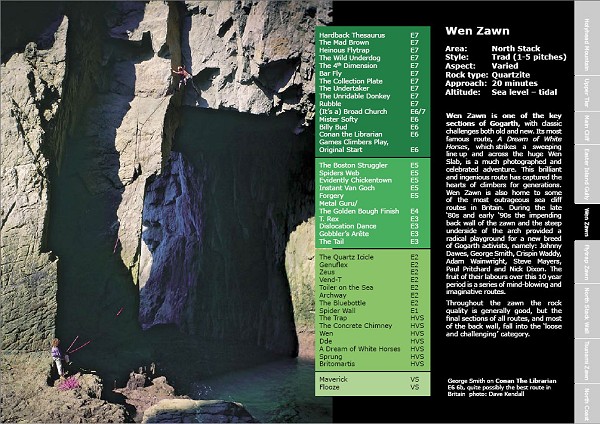
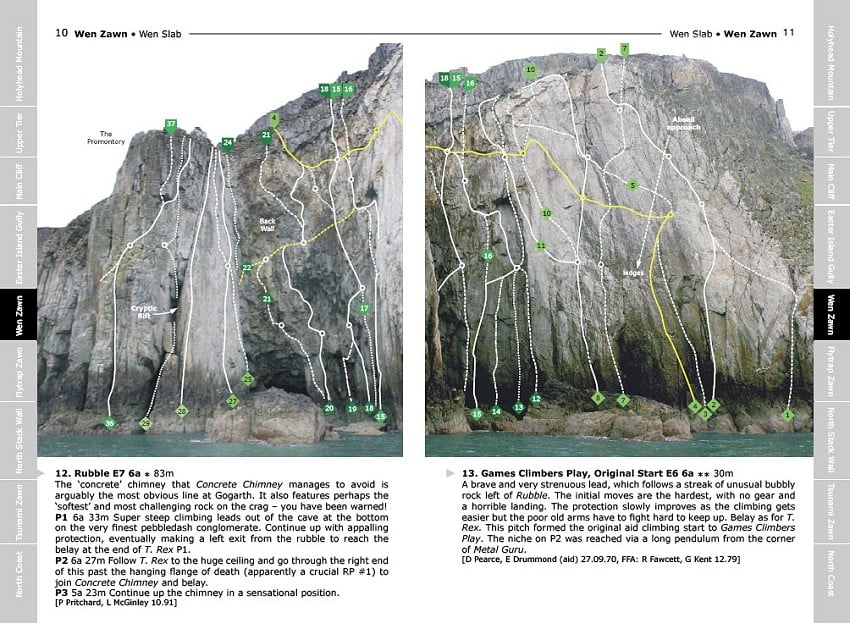
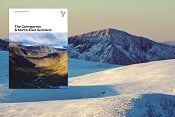
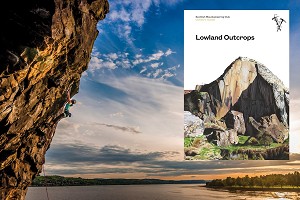
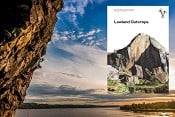


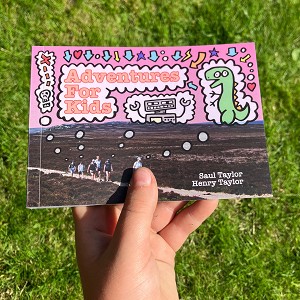
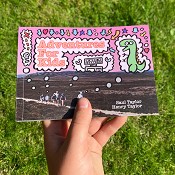
Comments